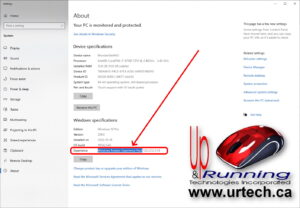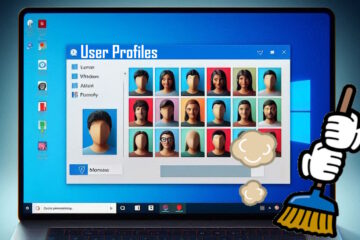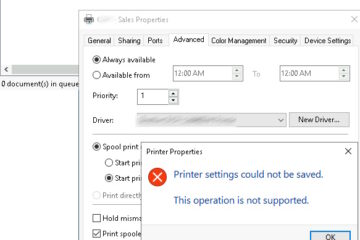If you pay attention to your Windows Updates you’ll notice there several different categories of updates and this can cause confusion.
In particular, a Windows “Update Stack Package,” a “Servicing Stack Update,” and a “Cumulative Update” are all different types of updates that serve distinct purposes in maintaining and improving the Windows operating system.
Let’s explore the differences between the 7 types of Windows updates from the most common to the least common:
1 – What Is a Security Update (SU):
A security update addresses known vulnerabilities and helps protect the system from potential security threats. These are usually released on “patch Tuesday” which is the second Tuesday of the month, but they can be released at any time to deal with critical problems.
2 – What Is a Quality Update (QU):
A quality update includes fixes and improvements to address non-security issues, enhance system stability, and improve overall performance. Quality Updates are, almost always, only released on patch Tuesday’s along with the remaining updates.
3 – What Is a Cumulative Update (CU):
A “Cumulative Update” is a regular monthly update that rolls up multiple individual updates (SU’s and QU’s) into a single package. These updates include security patches, bug fixes, quality improvements, and sometimes minor feature enhancements. Cumulative updates are released on Microsoft’s “Patch Tuesday” schedule and are designed to provide users with a consolidated set of updates to maintain the security and stability of their systems. They focus on addressing specific issues and vulnerabilities that have been identified since the last update.
4 – What Is a Servicing Stack Update (SSU):
A “Servicing Stack Update” is a specific type of update that focuses on improving the servicing stack of the Windows operating system. The servicing stack is a set of components that manage the installation and maintenance of software updates, including security updates, drivers, and feature updates. SSUs ensure that the servicing stack remains robust and efficient, allowing for the reliable installation of other types of updates. These updates help prevent issues that could arise during the installation of subsequent updates and maintain the overall stability of the update process.
Feature Update: A feature update is a significant release that introduces new features, enhancements, and changes to the Windows operating system. These updates are typically released biannually and often coincide with the introduction of new Windows versions.
5 – What Is a Update Stack Package (USP):
Windows “Update Stack Package” is the newest category of updates, introduced in October 2021.
An Update Stack Package is a group of helper updates for future Cumulative Updates and Feature Updates.
It still is not clear exactly what the difference is between an Update Stack Package and a Servicing Stack Package, other than an Update Stack Package focuses more on files that are NOT part of the core Operating System.
(Update Stack Packages) deliver improvements to the update experience prior to the PC taking a monthly or Feature Update. The Update Stack Package will help ensure that your PC has the highest likelihood of successfully installing new updates with the best and least disruptive experience available.
(Update Stack Packages are) limited to a very small set of update-related system files that are developed independently of the OS.
Blogs.windows.com/windows-insider/2021/10/14/announcing-windows-11-insider-preview-build-22478
6 – What Is a Windows Feature Update Experience Pack:
Windows Feature Update Experience Pack Is yet another new category of update from Microsoft that is available through windows update. The first time we heard about this type of upgrade was the fall of 2020.
Windows Feature Update Experience Packs are new features that are being released between annual “Feature Updates”. So if Microsoft has a new version of the Snipping Tool or the Calculator they want to get out to consumers that can’t wait until the annual feature update they release it through an Update Experience Pack.
7 – What Is a Windows Feature Update (FU):
Windows “Feature Updates” are what we used to call upgrades. Starting in the 1990’s Microsoft would release upgrades about every three years (Windows 95, Windows 98, Windows 2000, Windows 2003/XP). By the time Windows 10 came out Microsoft was losing high profile developers who were frustrated by developing cool new features and functions that would take years to be released to consumers. The world was moving too fast for these upgrades so Microsoft coined the term “Feature Updates”. Initially these were to be released many times a year but by 2016 Windows Feature Updates releases were changed to twice a year, in response to complaints from corporate customers who value stability over new functionality. 2023 saw Microsoft change the release schedule of Windows Feature Updates to just once per year.
Summary
Each of these updates plays a role in keeping Windows operating systems up-to-date, secure, and functioning smoothly, as well as providing new functionality.





1 Comment
Hart · September 16, 2023 at 4:50 am
Appreciate it, wonderful information.